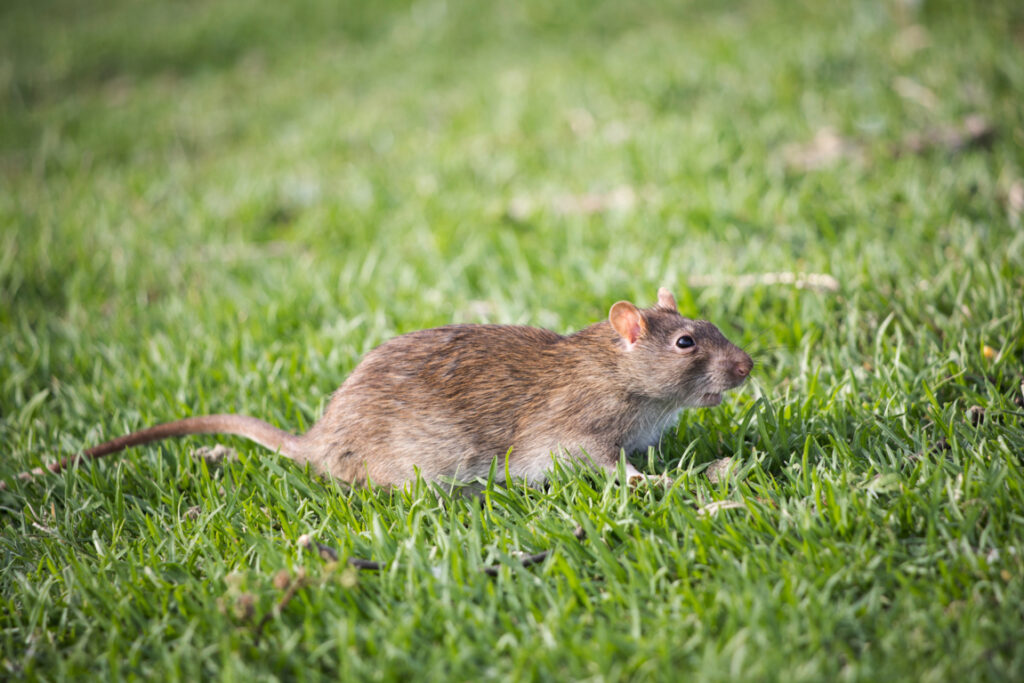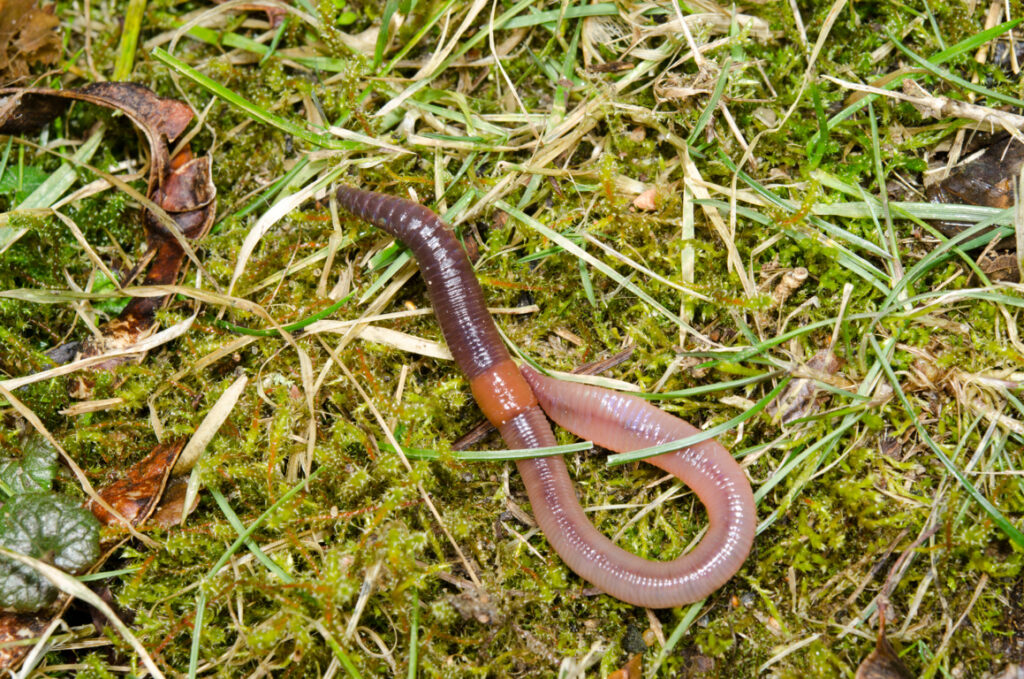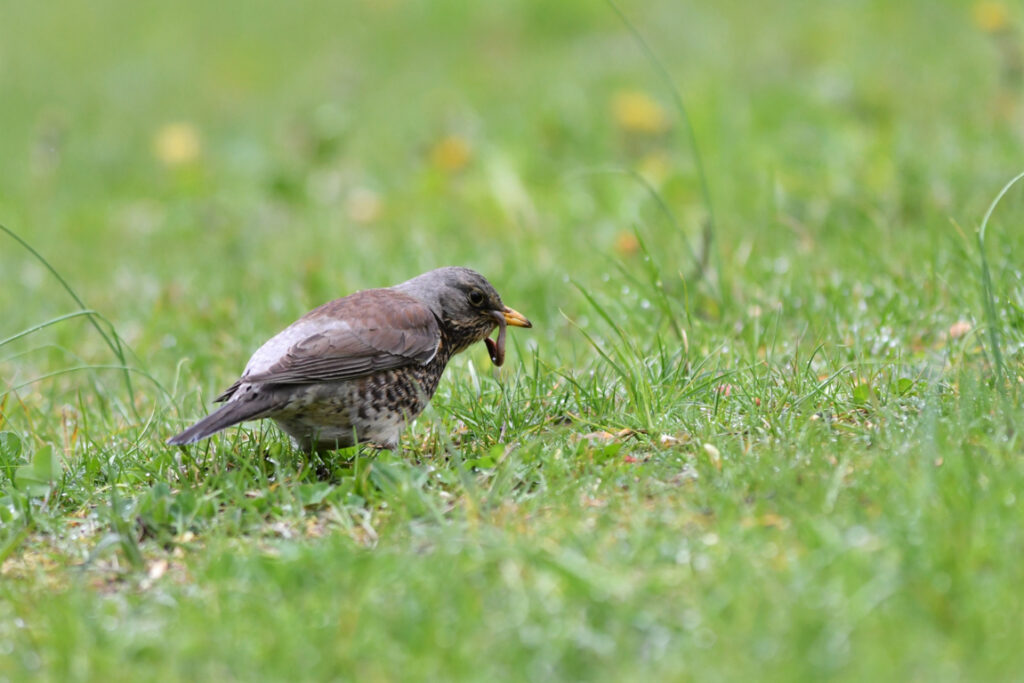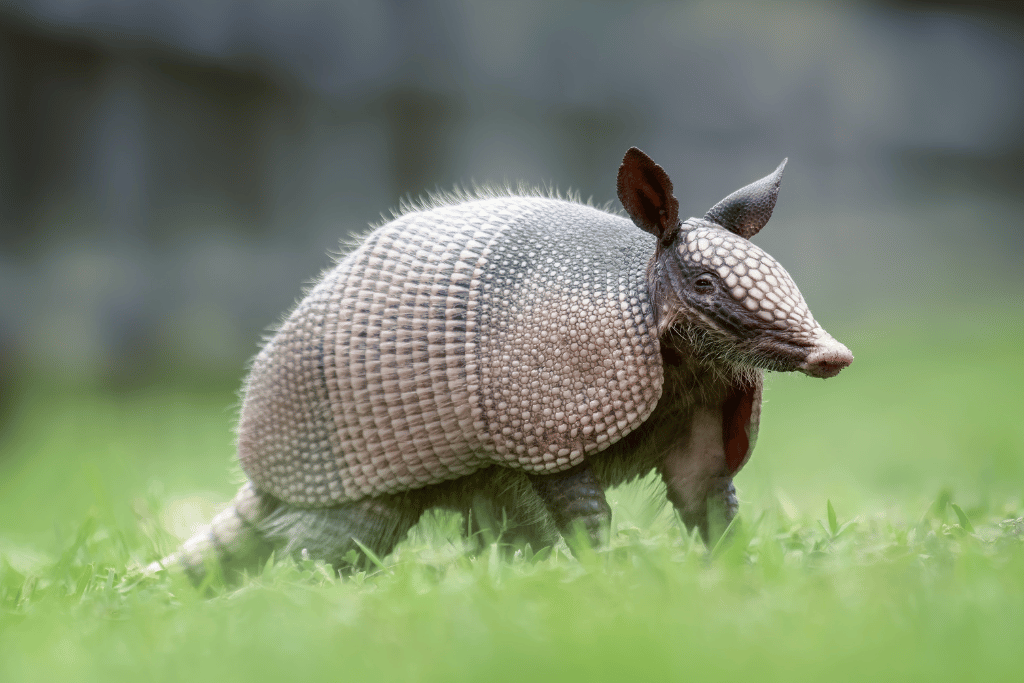
Have you ever encountered small holes in your lawn overnight, leaving you both confused and intrigued? While nature might be full of surprises, small holes in your garden are not necessarily the work of a mysterious alien invasion. Read on to discover what’s behind these small lawn holes overnight.
What Leaves Small Round Holes in my Lawn Overnight?
Animals! They love grass, don’t they? While it’s likely to be the work of small animals such as rabbits, moles, and even badgers, most commonly, it is a vole. Voles are small rodents with an appetite for grassy areas. They can leave behind numerous small holes in the lawn overnight, with some measuring up to 2 inches in diameter.

In fact, there are a number of animals that can leave behind small holes in your lawn overnight. Let’s find out who these animals are and how you can get rid of the small holes in your garden overnight.
Animals That Cause Small Holes in Your Lawn Overnight
Have you noticed small round holes in your lawn overnight? It can be startling and annoying to find these small, mysterious holes. While it’s easy to assume that it’s the work of an animal, finding out which animal to be precise? That’s the real deal!
Many small animals can cause these holes in your yard overnight, and it’s important to identify which animal is responsible for the damage. To help you out, here are 15 animals that can cause small holes in your lawn overnight.
1. Voles

The vole, also known as the meadow mouse or field mouse, is a small rodent responsible for digging out small holes in your lawn. They are active throughout the day and night and can be found across North America. Voles feed on grasses and plants, so they dig out small tunnels to hide from predators. These tunnels can cause small round holes in your lawn.
Voles usually attack open spaces of grass or gardens that are not well maintained. So, if you have an un-mowed and untended garden, the chances of voles attacking it are much higher. Voles also love to eat roots, so they can cause substantial damage to your lawn plants.
How to get rid of them:
The best way to get rid of voles is to remove any debris or sources of shelter in your garden. Mow and trim the lawn regularly and make sure it’s well maintained. You can also use traps, poison baits, and repellants to get rid of them from your yard.
2. Skunks

Skunks are a common culprit behind mysterious small holes in the yard. They come out at night looking for grubs and other insects. They are very good at digging and can cause extensive damage to yards, gardens, and lawns with their burrowing habits. The holes they create are usually about 3-4 inches in diameter. Usually, they are found in lawns with soft soil, so they can easily dig them.
How to get rid of them:
The best way to get rid of skunks is to reduce their food sources or make the yard less attractive to them. This can be done by maintaining the lawn, removing debris, and sealing off any potential entrance into the yard. Trapping is also an option, but it is vital to ensure that you are using humane methods.
3. Rats

Rats are one of the most common animals that cause small holes in your lawn overnight. They’re known to dig burrows, which they use to hide their food and make a den in. Rats can cause extensive damage to your lawn by digging shallow tunnels around the perimeter of your yard, searching for food, or simply trying to make their home. They normally create holes of ½ inch to 1 inch in diameter.
How to get rid of them:
Keeping the grass cut and the yard free of debris will deter them. Also, eliminate any potential food sources, such as pet food or garbage.
4. Moles

Moles are small mammals that can burrow under the soil, looking for food. They create long, slender tunnels and shallow holes in your lawn as they search for worms and other insects to eat. Moles will tend to attack grassy areas of your yard as they hunt for their food sources. The damage caused by moles is usually characterized by crescent-shaped mounds of fresh dirt that appear on the lawn.
How to get rid of them:
The best way to get rid of moles is by using a combination of trapping, repellents, and exclusion methods. You can set mole traps near the active areas to catch them. You can also use scent or sound repellents designed specifically for moles to deter them from your yard. Or, you can also create physical barriers around your lawn, such as fences and screens, to prevent them from entering.
5. Earthworms

Earthworms are one of the most common animals that cause small holes in your lawn overnight. Earthworms come out at night and burrow into the soil, creating small circular holes in the lawn ground. Their tunnels are generally about two inches wide and six inches deep.
These worms prefer to dig in moist soils, so you’ll often find their holes in damp areas of your lawn. In addition to small holes, earthworms can also cause damage to the grassroots, resulting in brown patches and dead patches of grass.
How to get rid of them:
Begin by reducing the amount of moisture in your soil. Water your lawn less and aerate it more frequently, as it can help dry out the soil and make it less attractive for earthworms.
You can also use mulch or straw to provide a protective layer on top of the soil, making it more difficult for earthworms to surface.
Natural repellents work like a charm too. You can use citrus oil or garlic spray around the perimeter of your lawn to keep away earthworms.
6. Gophers

If you’re noticing too many small holes in your lawn overnight, it can be the work of a gopher. Gophers are burrowing rodents that create underground tunnels and holes in yards. They feed on the roots of plants, so they can cause a lot of damage to the lawn if not taken care of promptly. They make 2-4 inch holes cone-shaped and a small mound of dirt around them.
How to get rid of them:
Gophers can be deterred by planting thick grass or burrowing traps. You may also use repellents to scare them off, but it’s essential to check with your local wildlife department first before using any repellent.
7. Chipmunks

Chipmunks are small and cute, but they can be a real nuisance in your yard. These animals mainly feed on birdseed and other seeds that people leave out in the garden. The holes they make are in a circular pattern around the area they’re living in, which can cause damage to the lawn overnight.
The holes created by chipmunks are usually about 2-4 inches wide and may have small mounds of dirt around them.
How to get rid of them:
To keep chipmunks away, it’s vital to cover up any seeds you leave out in the garden. You can also use repellents or traps to catch the animals. However, if you’re unsure what repellent to use, it’s best to consult your local wildlife department for advice.
8. Armadillos

Armadillos are large, burrowing animals that can wreak havoc on your lawn overnight. Armadillos dig for insects and grubs, but they can tear up your turf in the process. They are found throughout much of the United States, especially in Texas and Florida. If you have armadillos on your property, you may find several small holes created by their digging activity.
How to get rid of them:
Since armadillos are a protected species, trapping or killing them is not recommended. Fortunately, there are other ways to keep them away from your lawn. Making your property unattractive to armadillos by removing vegetation that provides cover or food can be effective.
Fencing around garden beds can also help deter hungry armadillos from invading your turf. Moreover, using repellents or traps designed to drive away armadillos can be an effective deterrent.
9. Birds

Birds, particularly rooks and crows, can be another culprit behind the mystery of overnight holes in your lawn. These birds dig for their food, including worms, grubs, and insects. Such digging activity in your backyard can leave several small holes visible the next day.
How to get rid of them:
Making your property unappealing to birds is an effective way to stop them from digging in your lawn. Removing food sources, such as bird feeders or fallen fruit, can help reduce the presence of these feathered creatures.
Installing netting over garden beds and bird spikes on fences and ledges can also deter rooks and crows. Additionally, making loud noises or using visual deterrents such as owls and scarecrows can help keep birds away from your lawn.
10. Insects and snake holes

Insects and snakes can also leave small holes in your lawn overnight. Insects such as ants and beetles dig small tunnels for food, while snakes create larger holes as they hunt for prey.
How to get rid of them:
To keep both insects and snakes away from your lawn, you must first eliminate their sources of food. Removing any debris or organic material, such as fallen leaves and branches, can help reduce the presence of these animals.
You can also use repellents and traps to deter insects and snakes from your lawn. Additionally, installing a snake guard fence around the perimeter of your property is an effective way to keep out unwanted visitors.
How to Mend Holes in the Lawn
It can be disheartening if you’ve noticed small holes in the lawn overnight. But don’t worry – there is a way to mend them! Below are the steps that will help you take care of the lawn holes:
1. Identify the cause
The first step in mending the holes is to identify what caused them. Common culprits include animals like voles, gophers, and chipmunks, or insects such as grubs. In some cases, people may be responsible for creating the holes – such as when a child plays with toy cars or lawn darts. You may also discover a large number of holes if pests have infested your lawn.
2. Treat the problem
Once you’ve identified the cause of the holes, it’s time to take action. If animals or insects are responsible, use traps and insecticides appropriate for the species causing damage to your lawn. If the holes were a result of people playing in the yard, consider setting boundaries and adding protective barriers to prevent further damage.
3. Repair the damage
Now that you’ve treated the cause of the holes, it’s time to mend them. Depending on how deep they are, you may need to fill them in with soil, sand, or a combination of both. Make sure the hole is filled to the same depth as the surrounding area, and tamp it down gently with your foot or a tool such as a garden rake.
4. Protect your lawn
The last step is to protect your lawn from further damage. Consider adding a layer of mulch or other protective material over the area. This will help to keep moisture in and protect your grass from further damage.
Conclusion
In general, small holes in the lawn overnight can be caused by a variety of sources, ranging from animals to insects. The best way to prevent these mysterious occurrences is to keep the lawn healthy through regular maintenance and mowing. This will help deter animals and pests from digging in your yard. Furthermore, it’s important to inspect your lawn for signs of animals or insects, such as nests or burrows.
If you notice any holes in your yard that appear overnight, it’s best to investigate further and take appropriate action. By implementing these preventive measures and staying vigilant, you can protect your lawn from the mystery behind small holes in the lawn overnight.



